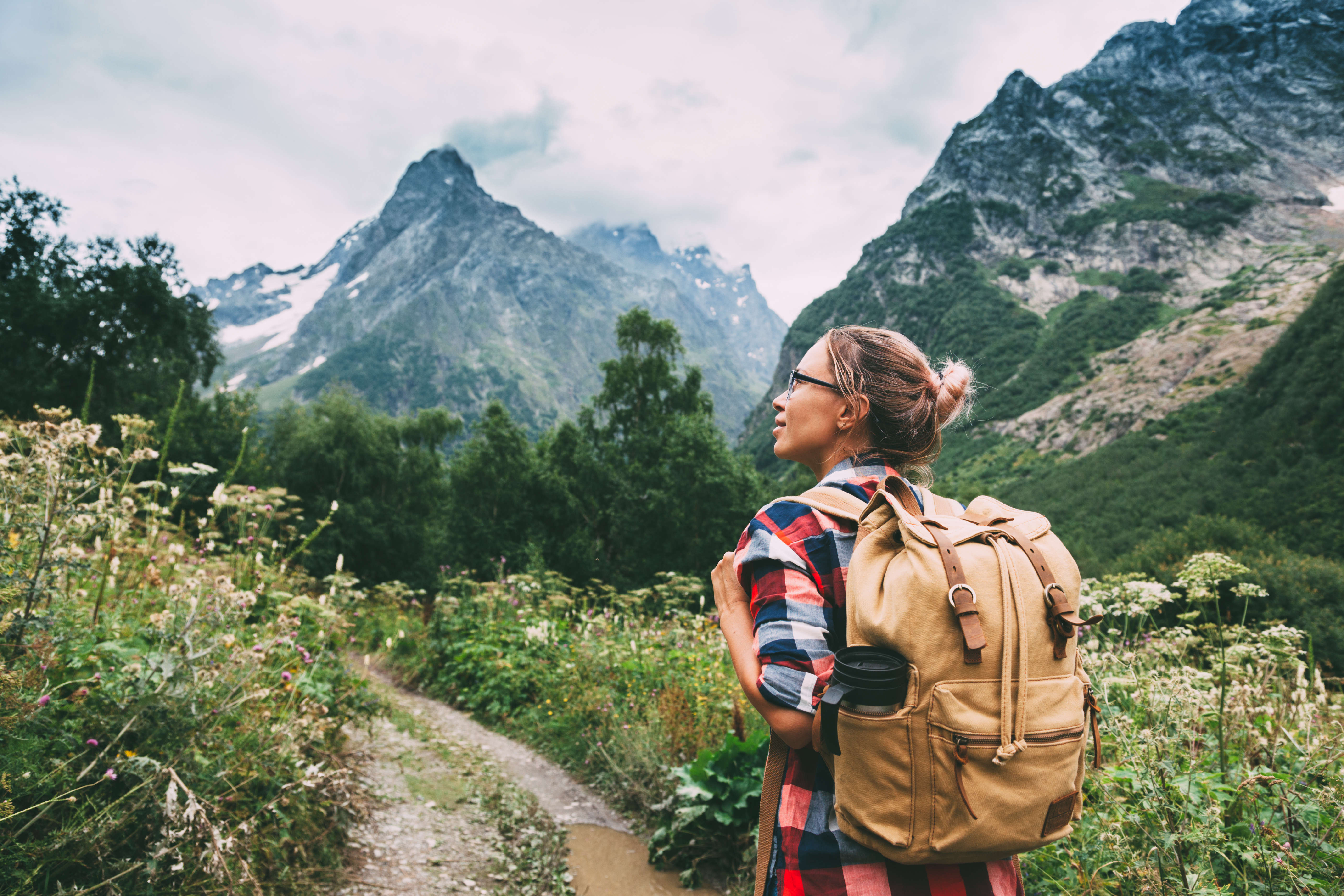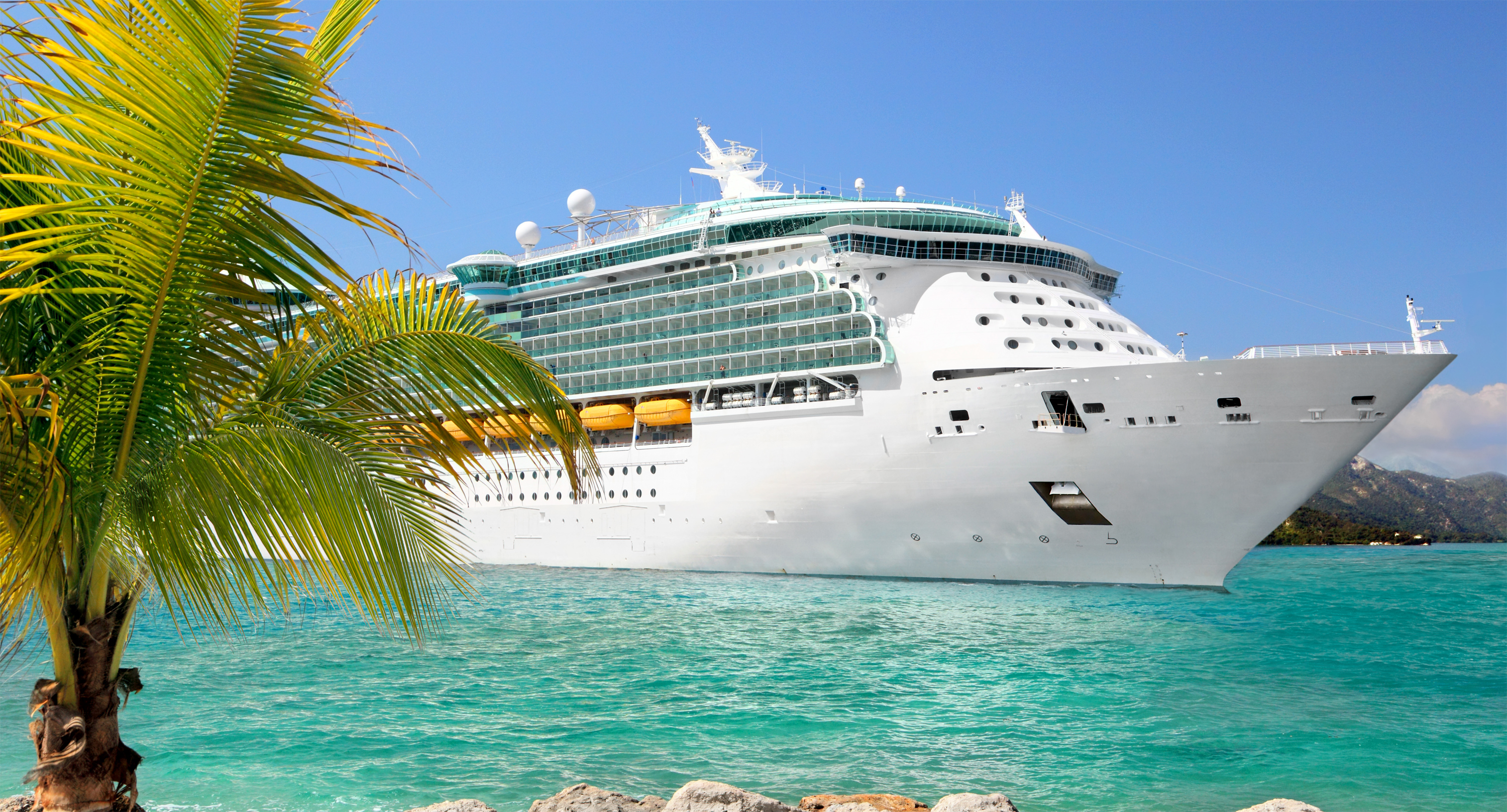Backpacking Like a Pro: Expert Advice on Packing

If you want to go where no car has gone before; climb gradients that no cyclist ever could; and reach mountains, monasteries and remote crossroads that usually only the locals see... you are going to have to make the journey by foot. If the cities are more your thing, then there is only one way to optimally enjoy the sights, smells and sounds, and that is to experience them by foot.
But if you are set out on a journey that may take several months with all that you need strapped to your back… you’d better make sure that it’s strapped to your back in the most comfortable manner! That’s why I thought I’d share some of the most expert packing tips of the backpacker community here for you, so you can get your journey off to a good start – and keep your back in good shape at the same time. 😉
Before You Start
Before you even start the packing stage of your trip, it’s a good idea to grab a good backpacking checklist off the internet and lay out all your required gear at home, sorted in various categories. Good questions to ask yourself are:
1. What makes for the heavy gear?
2. What is the lightest gear?
3. What will I use more frequently?
4. What will I use less frequently?
Based on that, you can then start organising your backpack in the following manner:
1. Heavy gear close to the back
2. Lighter gear away from the back
3. Frequently used items on top
4. Less used items at the bottom
Filling the Compartments of your Backpack
Keeping the basic principles above in mind, you can now start to fill the various compartments of your backpack. These pro tips from the community will help you get a better idea of what is best stored where.
The Bottom of the Backpack
The bottom storage areas lend themselves well to anything that’s rather bulky and things you won’t need until camp. Suggested items to store in here are:
- Sleeping bag
- Sleeping mat
- Clothing for sleeping (depending on night temperatures, consider packing layers)
- Any extra/dry shoes and boots
The Core Zones
This is for any dense gear that you won’t need to access during your hike, including:
- Tent
- Extra clothing
- Water reservoir
- Cooking kit/stove
- Food items
The Top of the Pack
For the bulkier essentials that you’re bound to need regularly during your hike:
- Waterproof, insulated jacket and/or fleece
- First-aid kit
- Water filter
- Toilet supplies
Accessory Pockets
My personal favourite bits of the backpack are the accessory pockets – here is where you can store all those little bits and bobs that will keep you going, such as:
- Sunglasses
- Sunscreen
- Water bottle
- Lip balm
- Flashlight
- Snacks
- Bug spray
- Compass, map and/or GPS
- ID card and cash
Tool Loops and Lash-On Points
There are some things that, for their shape and size, are best strapped to the bag rather than stored inside it. These may include:
- Hiking poles
- Tent poles
- Larger sleeping pads
- Rope
- Camp stools
Of course, your precise packing list will vary based on the parts of the world you’re travelling, the local climate, the kind of landscapes you will be traversing (mountains, planes, cities etc.) and the kind of accommodation you’ll be sleeping at. However, with these tried-and-tested packing principles, you will be backpacking like a pro from the very first steps.
Before you go, get Let’s Go Insure’s highly-rated backpacker travel insurance to make sure you and your belongings are safely insured, anywhere in the world.*
*And when we say anywhere, we mean anywhere. Let’s Go Insure is amongst the very few providers of backpacker travel insurance in countries with a negative FCO travel advice. Get in touch with our team to find out more.





